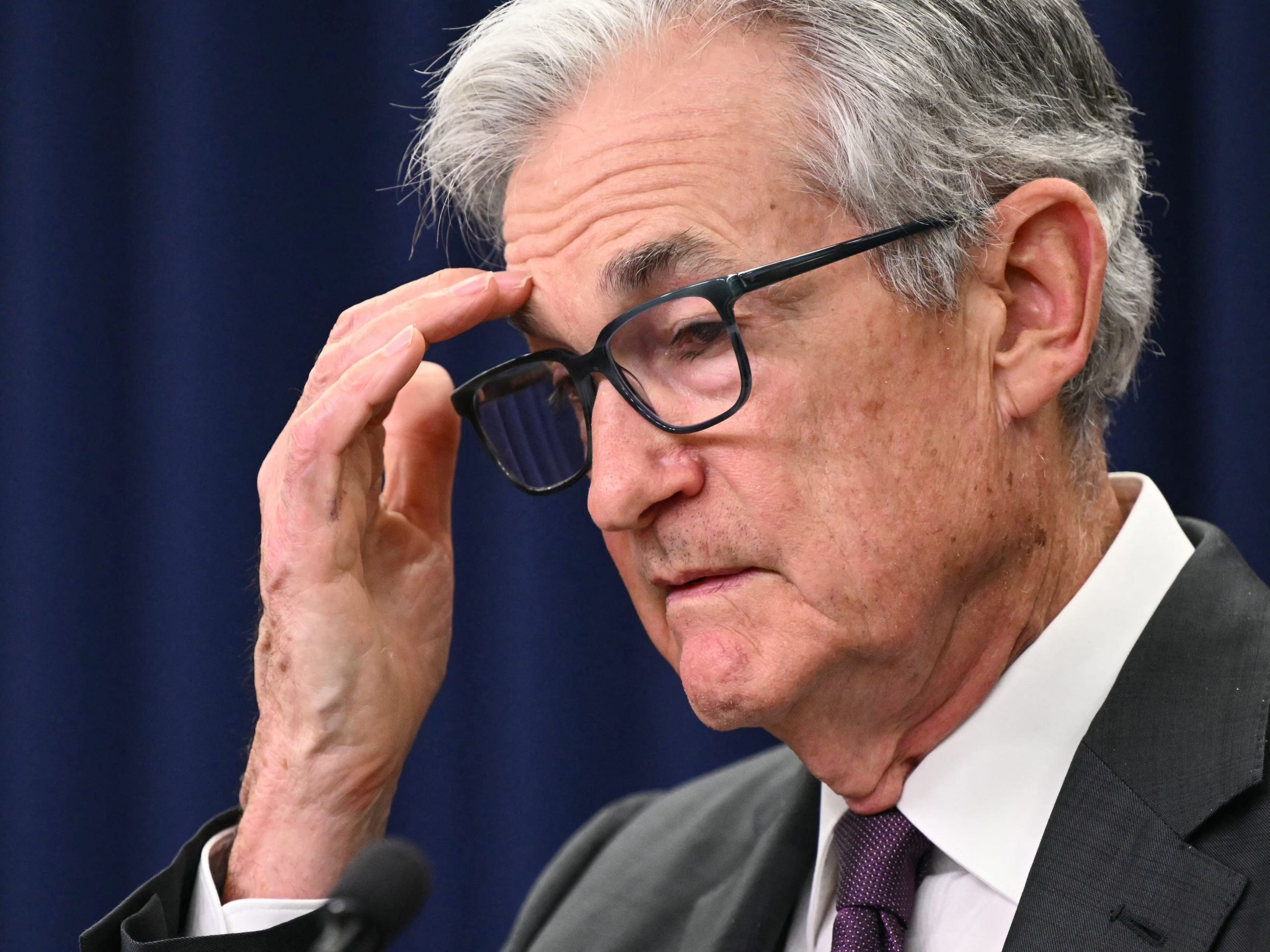The financial markets recently experienced a significant recalibration of their expectations regarding future interest rate adjustments, following a pivotal Federal Reserve meeting and subsequent remarks by Chairman Jerome Powell. This shift underscored the central bank’s steadfast commitment to a data-dependent approach, particularly concerning persistent inflationary pressures.
Prior to the latest Fed gathering, investors largely anticipated that the benchmark interest rate would remain unchanged, with a notable consensus pointing towards a solid probability of a rate cut occurring by September. However, this established market expectation underwent a dramatic revision as Chairman Powell adopted a distinctly cautious tone during his post-meeting press conference.
Data from the CME FedWatch tool vividly illustrates this immediate market reaction. The probability of rates remaining at their current levels in September surged to 51.9% on Wednesday afternoon, a sharp increase from 35.4% just the previous day. Concurrently, the odds of the Federal Reserve implementing a 25 basis point rate cut that month declined significantly to 47.1%, down from 63.3%. This pronounced market reaction highlights the sensitivity of investors to the Fed’s forward guidance.
Chairman Powell reiterated the central bank’s position that it is still awaiting more conclusive clarity on the trajectory of inflation before considering any adjustments to its monetary policy. His statements signaled a comfortable stance on maintaining current interest rates, emphasizing a patient approach to ensure economic stability amidst evolving global conditions. This deliberate approach shapes the ongoing interest rate outlook.
A key factor influencing the Fed’s cautious stance, as highlighted by Powell, is the ongoing assessment of the wider economic effects stemming from President Donald Trump’s tariffs. Powell explicitly noted that “Higher tariffs have begun to show through more clearly to prices of some goods, but their overall effects on economic activity and inflation remain to be seen,” indicating the complexity of current inflationary pressures.
Financial analysts are closely dissecting the implications of the Federal Reserve’s communication. Atakan Bakiskan, a US economist at Berenberg, firmly stated in a recent note that “Nothing in the Fed statement shifts our long-held view of no rate cuts in 2025.” This perspective underscores a prevailing belief among some experts that the current monetary policy will persist unless significant economic shifts occur.
Bakiskan further elaborated that a change in this outlook would likely necessitate clear evidence of “cracks in the labour market or a muted impact of tariffs on inflation.” Without such decisive indicators, the economist suggested that future September meetings could mirror the cautious outcome of the recent session, reinforcing the current economic forecasts.
The collective market reaction reflects a broader understanding that the path to future interest rate adjustments will be dictated by tangible economic data, particularly concerning inflation and the labor market. Investors are now re-evaluating their strategies, acknowledging the Federal Reserve’s commitment to maintaining financial stability through a measured and responsive Fed Policy.






Leave a Reply